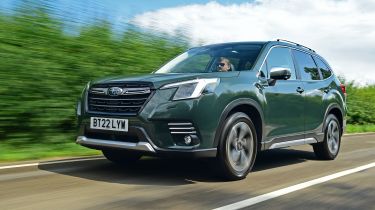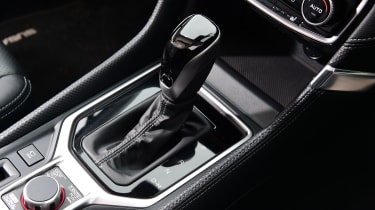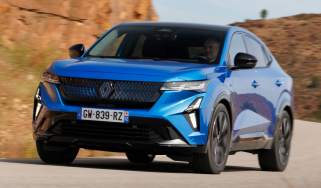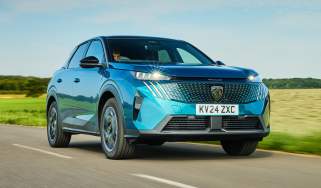Subaru Forester (2018-2024) - MPG, CO2 and running costs
The Forester’s e-Boxer system has improved emissions but fuel economy is still the Subaru’s downfall

Just so you know, this is an older review of the 2018-2024 Forester. If you are interested in information about the current Subaru Forester, or news about the latest Subaru models, please follow the links provided.
Petrol-powered Subarus have never been synonymous with fuel efficiency and the latest Forester’s e-Boxer system aims to address this. Unfortunately, thanks to the fuel-sapping demands of its permanent four-wheel drive system, the Forester isn’t especially frugal – figures on the WLTP average cycle are 34.7mpg; CO2 emissions sit at 185g/km.
The majority of the Forester’s rivals will be cheaper to run. Most are available in lighter, more efficient front-drive formats, while most four-wheel drive options will be powered exclusively by diesel engines. Within the niche of off-road-ready family SUVs, even the much larger SsangYong Rexton runs the Forester close from a running costs standpoint: an entry-level five-seater model returns 32.9mpg on average, with CO2 emissions of 225g/km – all in a package that’s more akin to a Land Rover Discovery in size.
Subaru has made an effort to tackle emissions with its e-Boxer mild-hybrid system, which, alongside a CVT transmission, allows for coasting and electric assistance at lower speeds. The system is also used as part of Subaru’s X-Mode system, helping improve low-down torque when tackling difficult obstacles.
Insurance
British security expert Thatcham has given the Subaru Forester e-Boxer an insurance rating of group 19 for the XE, with the XE Premium slightly higher at group 20.
Depreciation
Our experts predict that the Forester will hold on to around 42 to 44 per cent of its value after three years and 36,000 miles come trade-in time. That’s not a great figure; by contrast, the SEAT Tarraco looks set to retain as much as 48 per cent of its value over the same period, while the Ssangyong Rexton will retain up to 51 per cent. Traditional Subaru owners who keep their cars well beyond the usual three-year cycle won’t have too much to worry about, however.










